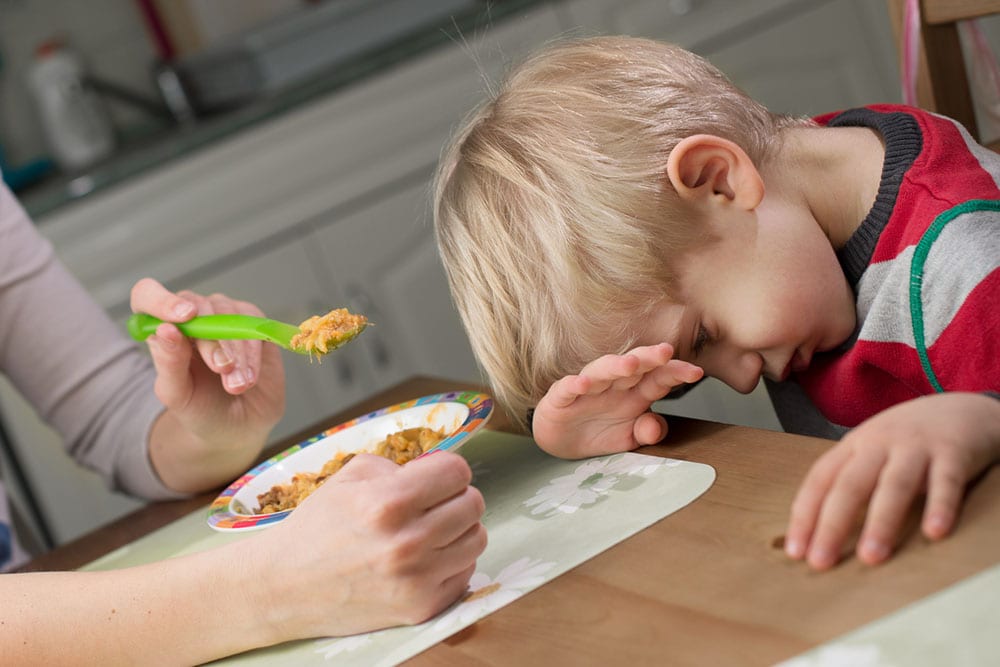Encourage Independent Eating in Toddlers: Parent’s Guide to Stress-Free Mealtimes
Parenting is a journey full of small wins — the first word, the first step, and yes — the first bite your toddler takes all by themselves. Encouraging independent eating is more than teaching your child to hold a spoon; it’s about building confidence, coordination, and lifelong healthy eating habits.
In this guide, we’ll walk you through everything you need to know — from self-feeding tips for picky eaters to reducing mealtime battles, and how to turn mealtime into a joyful, stress-free bonding experience.

Table of Contents
Why Independent Eating Matters
Encouraging your child to eat independently is one of the best things you can do for their growth. Studies show that children who learn to self-feed early develop better hand-eye coordination, stronger oral muscles, and more balanced eating behaviors later in life.
For parents, it also means less mealtime struggle and more joyful connection.
Independent eating teaches:
- Self-regulation: Children learn when they’re full.
- Motor skills: Handling food builds fine motor coordination.
- Confidence: It fosters autonomy and pride.
- Curiosity: They explore textures, colors, and flavors more openly.
How to Encourage Independent Eating in Toddlers
Here’s how to start — slowly, naturally, and without pressure.
1. Start with Finger Foods
Begin with soft, graspable foods like banana slices, steamed carrots, or avocado. These help toddlers explore textures safely.
👉 Pro Tip: Avoid overloading the plate. Offer small, visually appealing portions.
2. Use Child-Sized Utensils
A toddler-sized spoon and fork make a big difference. Choose ergonomic designs that are easy to grip.
➡️ Teach by example — eat together, and let your child mimic you.
3. Create a Routine
Toddlers thrive on routine. Serve meals and snacks at consistent times each day to help your child anticipate mealtime.
4. Minimize Distractions
Turn off screens. Avoid toys at the table. Focus on food and family.
5. Encourage, Don’t Pressure
It’s easy to say, “Just one more bite,” but research shows pressuring kids reduces appetite. Instead, celebrate small wins.
🪄Tired of daily mealtime struggles? Discover personalized feeding insights and child behavior tracking with TinyPal App — your digital parenting partner to build better routines.
Self-Feeding Tips for Picky Eaters
If your toddler turns their nose up at almost everything — you’re not alone. Nearly 50% of toddlers go through a “picky eating phase.”
Here’s how to make progress gently:
- Offer Choices, Not Commands
“Would you like apple or banana?” works better than “Eat your fruit.” - Introduce One New Food at a Time
Pair new tastes with familiar favorites. - Don’t Hide Veggies — Make Them Fun
Shape foods into stars or smiley faces. - Respect Their Appetite
Avoid forcing. The goal is exposure, not pressure. - Stay Positive
Keep the atmosphere light, not disciplinary.
💡 Parent Insight: Consistency builds trust. The more relaxed you are, the quicker your child accepts new foods.

How to Teach a Child to Use a Spoon and Fork
Mastering utensils is a skill — not a milestone. It’s best introduced between 12 to 18 months.
Steps to Teach:
- Model Eating Behavior — let them watch you.
- Start with a Spoon — it’s easier to scoop than poke.
- Preload the Spoon — hand it over and guide gently.
- Praise, Don’t Perfect — messiness means progress.
- Add a Fork Gradually — soft foods like pasta or potatoes are perfect practice.
🎯 Try This: Make mealtime interactive. Talk about what they’re eating. Use words like “soft,” “sweet,” or “crunchy” to build sensory vocabulary.
How to Reduce Mealtime Battles
Few things frustrate parents more than mealtime tantrums. But the key is understanding behavior, not controlling it.
1. Set Gentle Boundaries
Let your child choose from healthy options — but make it clear that mealtime isn’t playtime.
2. Use a Calm Tone
Avoid reacting emotionally. Toddlers sense frustration and mirror it.
3. Avoid Using Food as Reward or Punishment
This creates emotional dependency on food.
4. Let Them Participate
Invite your toddler to help set the table or choose their bowl — it increases cooperation.
🌟 Pro Parenting Tip: Reduce battles with structured mealtime reminders and behavioral tips inside TinyPal App — designed to simplify parent-child habits.

Ways to Promote Self-Feeding in Babies
When your baby is around 6 months, you can begin baby-led weaning (BLW) — letting them explore foods independently.
Steps to Promote Self-Feeding:
- Offer soft, manageable foods cut into finger-length shapes.
- Stay close — supervision is key.
- Encourage exploration without cleanup pressure.
- Gradually introduce spoons and cups around 9–12 months.
Encourage Healthy Eating Habits in Children
This goes beyond toddlerhood — it’s about shaping lifelong relationships with food.
1. Make Food Family Time
Children model behavior. Eat together whenever possible.
2. Avoid Labeling Foods as “Good” or “Bad”
Teach moderation instead.
3. Involve Them in Cooking
Let them rinse veggies or stir batter.
4. Keep Healthy Snacks Accessible
The environment shapes habits.
Build consistent mealtime routines with TinyPal App — designed by experts to make parenting structured, smart, and stress-free.
Positive Parenting Tips for Mealtime
- Stay Patient: Every child learns differently.
- Celebrate Progress: Even one spoonful matters.
- Build Connection: Mealtime is bonding time, not a task.
- Practice Empathy: Remember — independence takes practice.
Build Confident, Independent Eaters
Teaching your child to self-feed is a journey — one that teaches patience, love, and resilience.
With the right tools and mindset, every parent can turn chaos into calm and help their child develop independence at their own pace.
❤️ Start your mealtime transformation today with TinyPal — trusted by thousands of parents worldwide to build healthy eating routines, one bite at a time.

FAQ Section
1. What is independent eating in toddlers?
Independent eating means letting toddlers feed themselves, promoting coordination, confidence, and self-control during mealtime.
2. When should I start encouraging my baby to eat on their own?
Most babies are ready to start self-feeding around 6 to 8 months, usually when they can sit upright and show interest in food.
3. How can I encourage independent eating in my toddler?
Start with soft finger foods, child-sized utensils, and positive encouragement. Avoid forcing or pressuring your child to eat.
4. What are the best self-feeding tips for picky eaters?
Offer choices, make food colorful, introduce one new food at a time, and maintain a calm, positive mealtime environment.
5. How do I teach my child to use a spoon and fork?
Model eating behavior, preload spoons, and let your child practice freely. Gradually introduce forks with soft foods like pasta or potatoes.
6. How can I reduce mealtime battles with toddlers?
Keep a consistent routine, limit distractions, avoid bribes or punishments, and involve your toddler in small mealtime decisions.
7. Why does my toddler refuse to eat on their own?
Refusal is often a phase due to sensory preferences, developmental readiness, or anxiety. Patience and positive reinforcement help overcome it.
8. How do I promote self-feeding in babies safely?
Use soft, manageable foods, supervise closely, and follow baby-led weaning practices with age-appropriate portions.
9. What foods are best for baby-led weaning?
Start with steamed vegetables, banana slices, or avocado strips — foods that are easy to grasp and soft enough to mash with gums.
10. How do I deal with messy self-feeding?
Mess is part of learning. Use bibs, easy-to-clean mats, and encourage exploration — it helps toddlers understand textures and confidence.
11. What are healthy eating habits to build in children early?
Create routines, eat together as a family, serve balanced meals, and teach portion awareness without labeling foods as “good” or “bad.”
12. How can positive parenting help during mealtime?
Positive parenting emphasizes patience, empathy, and encouragement — focusing on connection rather than control.
13. Should I worry if my child eats very little independently?
No, appetite varies. Focus on consistency and exposure instead of quantity. Encourage variety, not volume.
14. How can I make mealtime fun for my toddler?
Turn meals into interactive experiences — talk about colors, textures, and let your child serve themselves with supervision.
15. How can TinyPal app help me encourage independent eating?
TinyPal helps parents build structured routines, track progress, and receive personalized mealtime guidance — making feeding stress-free.
16. What should I avoid when teaching independent eating?
Avoid rushing, bribing, or showing frustration. Let your child explore at their pace and focus on making mealtime positive.
17. Can independent eating improve a child’s confidence?
Yes! It builds autonomy, self-esteem, and responsibility — all key aspects of emotional growth in toddlers.
18. How long does it take for toddlers to master self-feeding?
It varies for each child. With consistent encouragement, most toddlers become confident self-feeders between 18–24 months.

